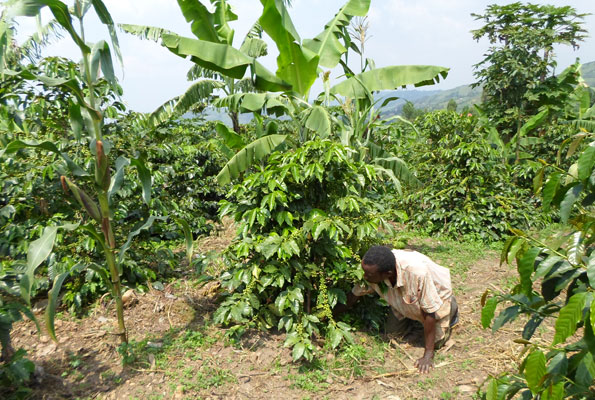The practice of intercropping has been around since farming began; it is in no way new. It was originally practiced as an insurance against crop failure under rainfall conditions. Modernization of farming equipment has changed our farming practices over the years into what they are today, which is largely mono-cropping. The main objective of intercropping now is the better productivity of crops & the better utilization of resources as compared to Monocropping.
The modern-day mono-cropping culture is one completely reliant on agro chemicals & myriad water supply. It requires continuous land expansion & leaves a wasteland in its wake. It encourages weeds and with the continuous change in climatic conditions attracts more pests and diseases not indigenous to the farm land.
Why we practice intercropping
Tanzania is a land with immense biodiversity in its ecosystem. We see intercropping as a ways to boost this diversity which would further boost the agricultural ecosystem, in which each species, no matter how small, has an important role to play. Over time we have observed that it brings about better utilization of resources, better quality products, reduction in weeds and reduced damage by pests and diseases. When the right plants are planted next to each other, each with different needs fertility levels are kept in check & soil structures can be improved and soil runoffs are averted. This practice is also good for the primary crops. If planted right, the secondary crops provide shelter and even protect the primary crops.

Why we encourage smaller farms to practice intercropping
The most vital issue for small farm holders is the income they earn at the end of the crop cycle. Intercropping can be the insurance that farmers need, especially when the region is vulnerable to extreme weather. Having diverse crops ensures that the farmer will have some income even if the primary crop has low yield or gets damaged. It allows for optimum usage of soil thereby ensuring that small farmers get more from their piece of land.


